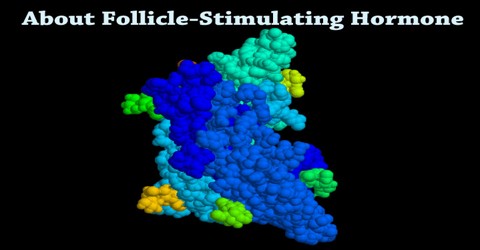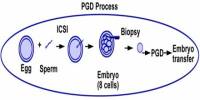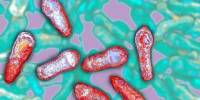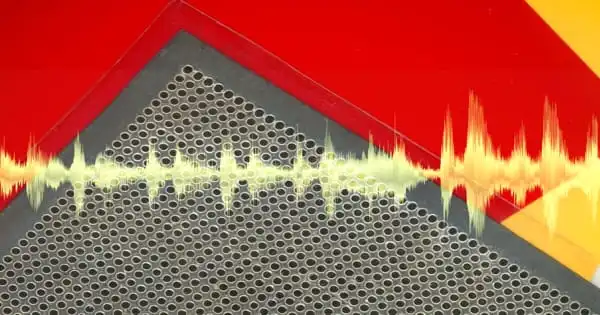About Follicle-Stimulating Hormone
Definition
Follicle-stimulating hormone (or FSH) is an important part of the reproductive system. It’s responsible for the growth of ovarian follicles. Follicles produce estrogen and progesterone in the ovaries and help maintain the menstrual cycles in women. In men, FSH is a part of the development of the gonads as well as sperm production.
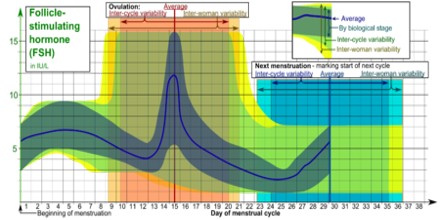
FSH is synthesized and secreted by the gonadotropic cells of the anterior pituitary gland, and regulates the development, growth, pubertal maturation, and reproductive processes of the body. FSH and luteinizing hormone (LH) work together in the reproductive system.
In humans, the gene for the alpha subunit is located at cytogenetic location 6q14.3. It is expressed in two cell types, most notably the basophils of the anterior pituitary. The gene for the FSH beta subunit is located on chromosome 11p13, and is expressed in gonadotropes of the pituitary cells, controlled by GnRH, inhibited by inhibin, and enhanced by activin.
Use as Therapy
Follicle-stimulating hormone or FSH is used commonly in infertility therapy, mainly for ovarian hyperstimulation as part of IVF. In some cases, it is used for reversal of anovulation as well.
It is available mixed with LH activity in various menotropins including more purified forms of urinary gonadotropins such as Menopur, as well as without LH activity as recombinant FSH (Gonapure, Gonal F, Follistim, Follitropin alpha).
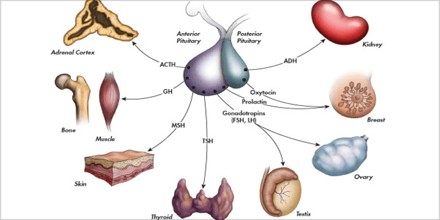
Structure of FSH
Follicle-stimulating hormone (FSH) is central to reproduction in mammals. It acts through a G-protein-coupled receptor on the surface of target cells to stimulate testicular and ovarian functions. We present here the 2.9-Å-resolution structure of a partially deglycosylated complex of human FSH bound to the extracellular hormone-binding domain of its receptor (FSHRHB).
FSH is a 35.5 kDa glycoprotein heterodimer, consisting of two polypeptide units, alpha and beta. Its structure is similar to those of luteinizing hormone (LH), thyroid-stimulating hormone (TSH), and human chorionic gonadotropin (hCG). The alpha subunits of the glycoproteins LH, FSH, TSH, and hCG are identical and consist of about 96 amino acids, while the beta subunits vary. Both subunits are required for biological activity.
FSH first binds to the high-affinity hormone-binding subdomain of FSHR and reshapes the ligand conformation to form a sTyr-binding pocket. FSHR then inserts its sTyr (i.e., sulfated Tyr335) into the FSH nascent pocket, eventually leading to receptor activation.
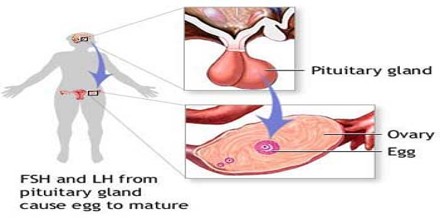
The Purpose of the Follicle-stimulating hormone (FSH) Level Test
An FSH test is a simple blood test.
FSH Test for Men –
In men, an FSH test may be done to:
- evaluate a low sperm count
- assess hypogonadism or gonadal failure
- assess testicular dysfunction
FSH Test for Women
In women, the most common reasons for an FSH test include:
- assessing infertility problems
- assessing irregular menstrual cycles
- diagnosing disorders of the pituitary gland or diseases involving the ovaries
FSH Test for Children
An FSH test might be used to determine if a child is experiencing precocious puberty, which is early puberty. An FSH test may also be used to determine if a child is experiencing delayed puberty. This occurs when sexual features or organs don’t develop when they should.
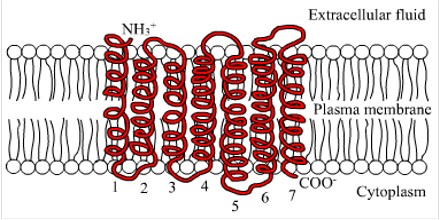
Risks of FSH
There is very little risk of complications from having blood drawn from a vein.
- People may develop a small bruise at the puncture site. They can reduce the risk of bruising by keeping pressure on the site for several minutes after the needle is withdrawn.
- In rare cases, the vein may become inflamed after the blood sample is taken. This condition is called phlebitis and is usually treated with a warm compress applied several times daily.
- Continued bleeding can be a problem for people who have bleeding disorders. Aspirin, warfarin (Coumadin), and other blood-thinning medicines can also make bleeding more likely. If they have bleeding or clotting problems, or if they take blood-thinning medicine, tell their doctor before their blood is drawn.
